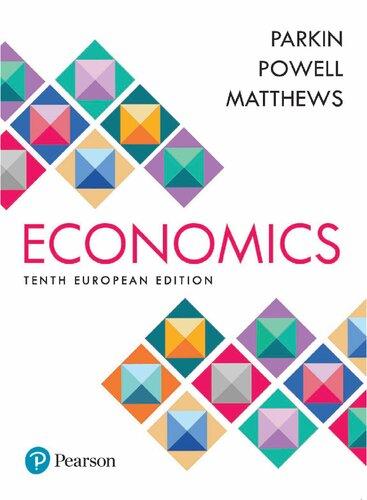4 When would a tax be efficient? A tax drives a wedge between the price buyers pay...
Question:
4 When would a tax be efficient? A tax drives a wedge between the price buyers pay and the price sellers receive and results in inefficient underproduction.
The price buyers pay is also the buyers’
willingness to pay or marginal social benefit. The price sellers receive is also the sellers’ minimum supply price, which equals marginal social cost.
Figure 6.10 shows the inefficiency of a tax on MP3 players. The demand curve, D, shows marginal social benefit, and the supply curve, S, shows marginal social cost. With no tax on MP3 players, the market produces the efficient quantity (5,000 MP3 players a week).
With a tax, the sellers’ minimum supply-price rises by the amount of the tax, and the supply curve shifts to S + tax. This supply curve does not show marginal social cost. The tax component isn’t a social cost of production.
It is a transfer of resources to the government
Step by Step Answer:

Economics
ISBN: 9781118150122
10th European Edition
Authors: Michael Parkin, Dr Melanie Powell, Prof Kent Matthews






